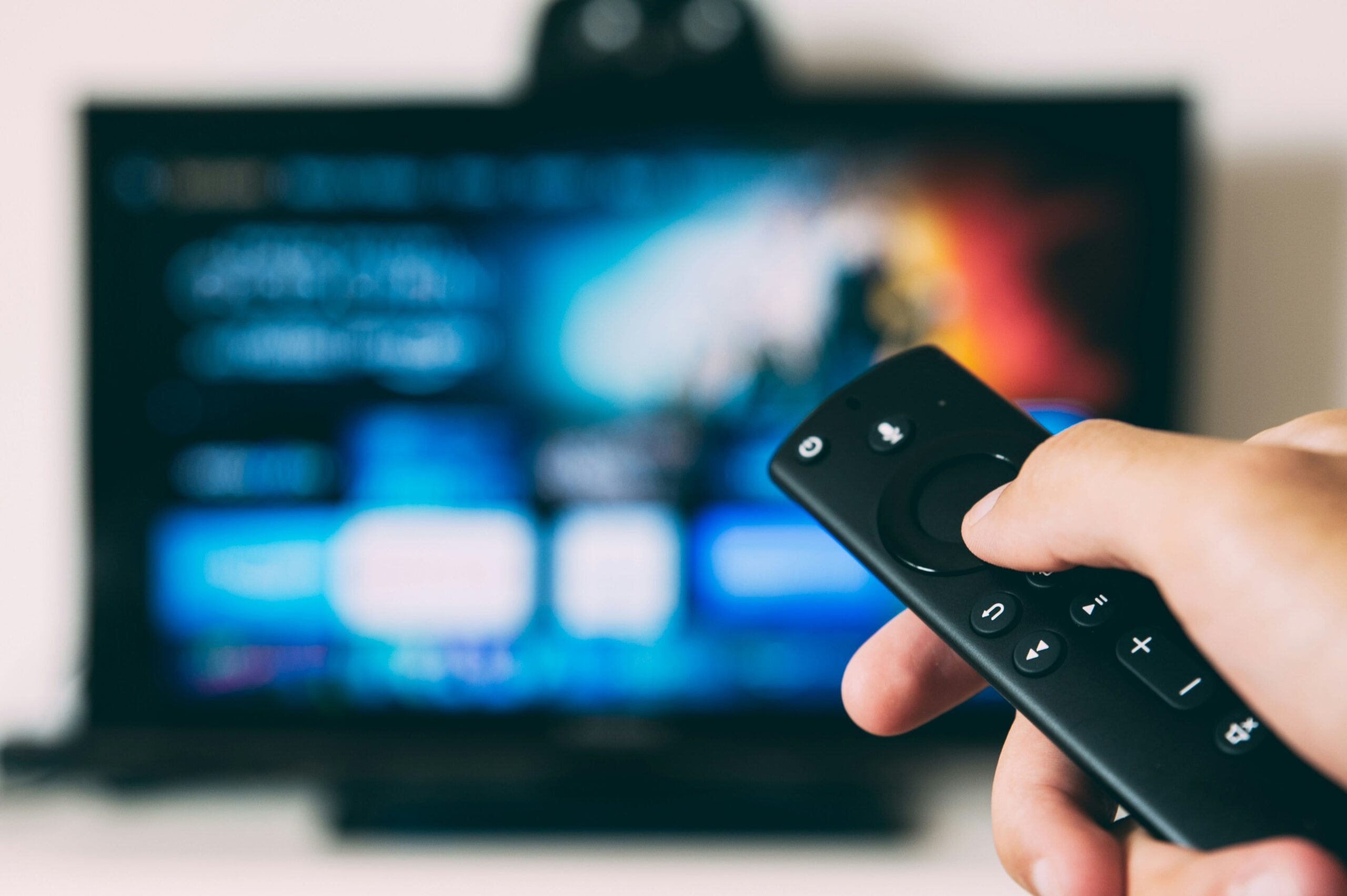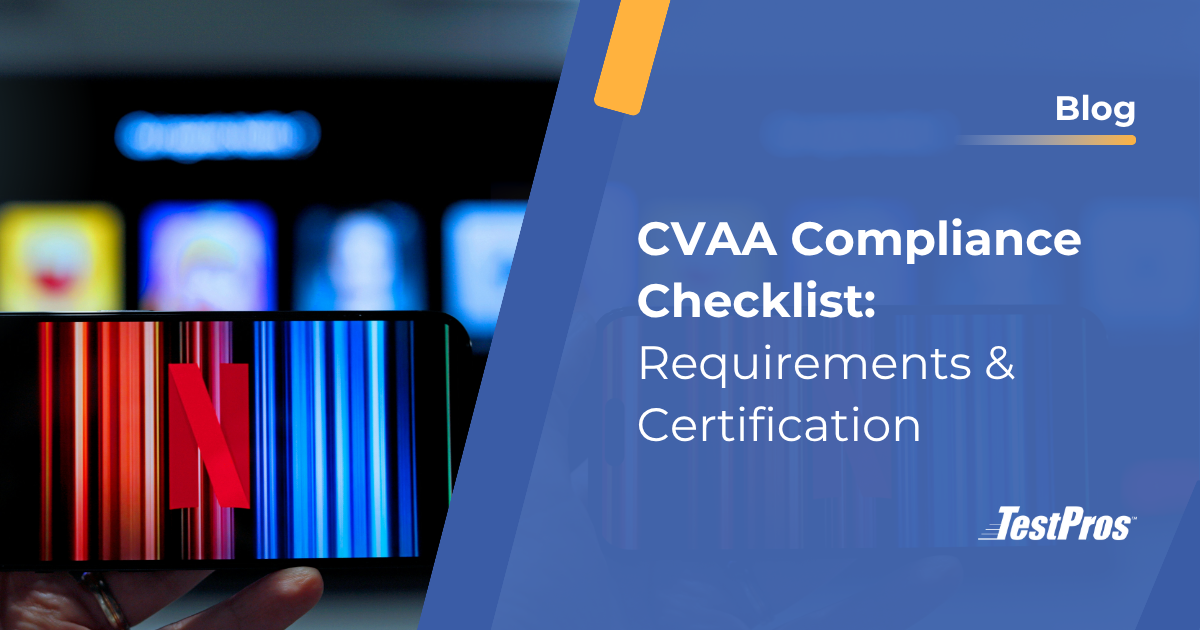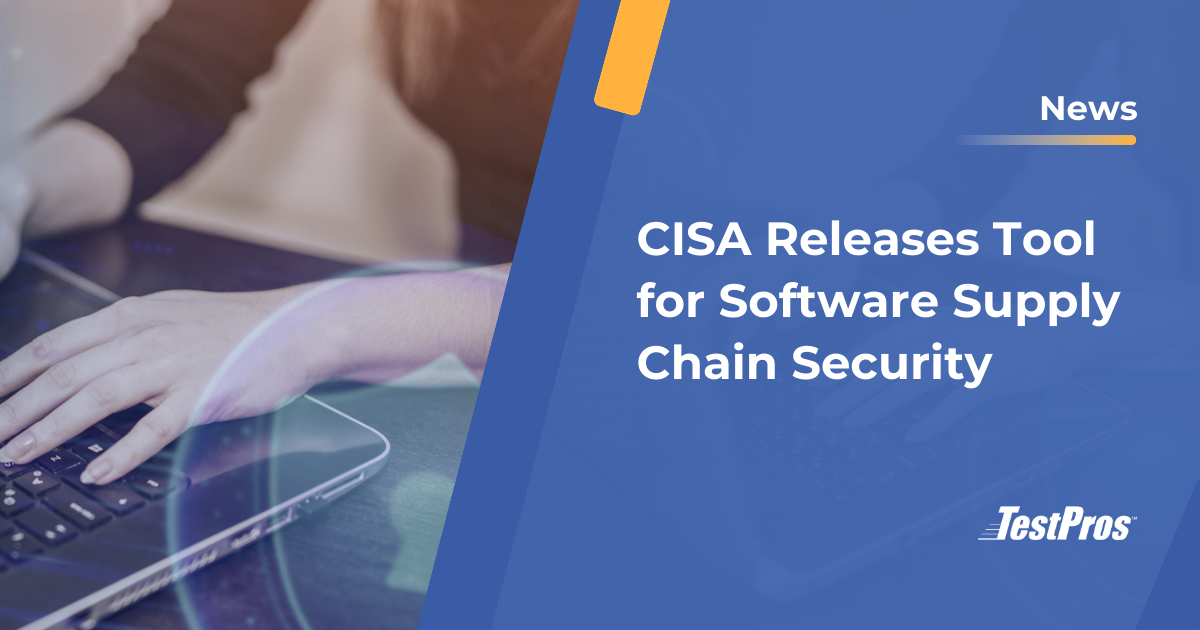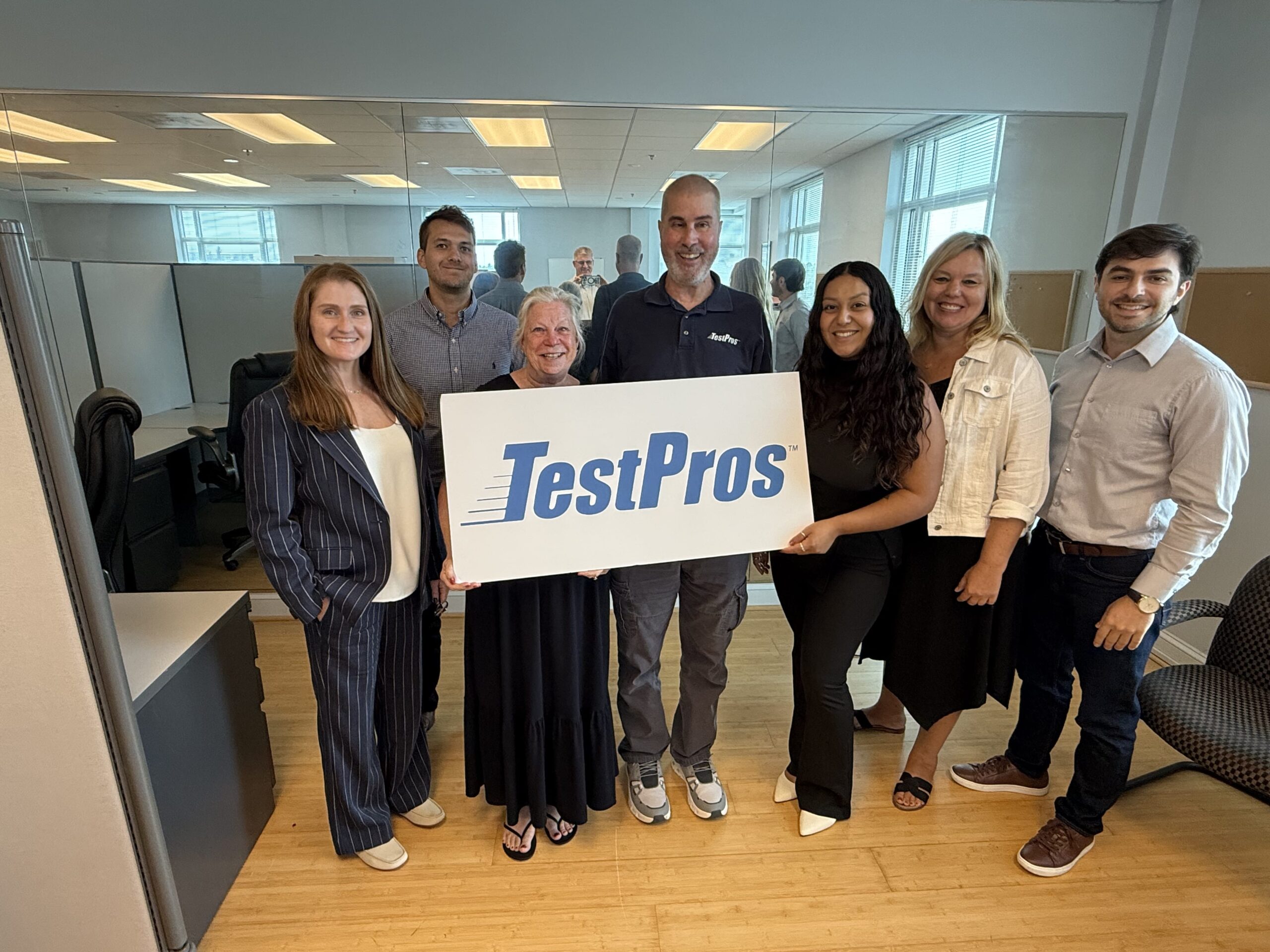The FCC has adopted new closed captioning requirements to make caption settings easier to use. By September 26, 2026, all covered devices and multichannel video programming distributors (MVPDs) must ensure captioning options are readily accessible. This means viewers should be able to quickly find, preview, and keep captions consistent across platforms without complex steps.
These rules are detailed in the FCC’s Third Report and Order (FCC 24-79) and the Media Bureau’s compliance notice. In this guide, we explain who must comply, what “readily accessible” means in practice, and how to prepare for the 2026 deadline.
Key FCC Captioning Rules
The FCC closed captioning requirements go beyond simply offering captions. Entities must ensure users can easily access and adjust them. To meet the FCC’s “readily accessible” standard, companies must satisfy the following factors:
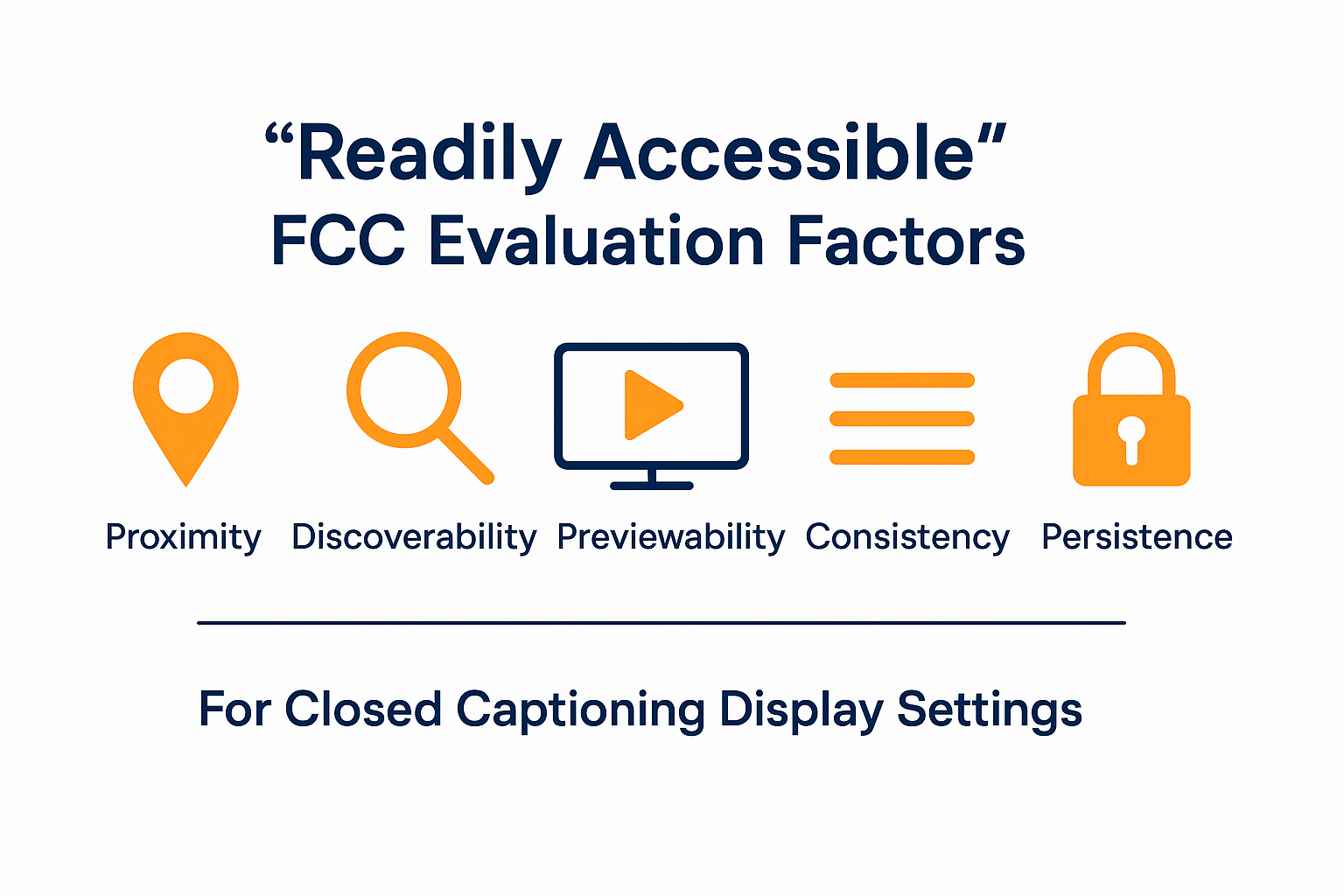
- Proximity – Caption settings must be grouped in one clear area, accessible through a button, key, or icon.
- Discoverability – Companies must test settings with real users, fix issues found in testing, and train staff to assist customers.
- Previewability – Viewers must be able to see captions change (size, color, font) while watching programming.
- Consistency and Persistence – Caption preferences should carry across apps and devices through APIs.
These factors form the FCC’s definition of readily accessible closed captioning settings.
Who Must Comply?
The new FCC captioning regulations apply to:
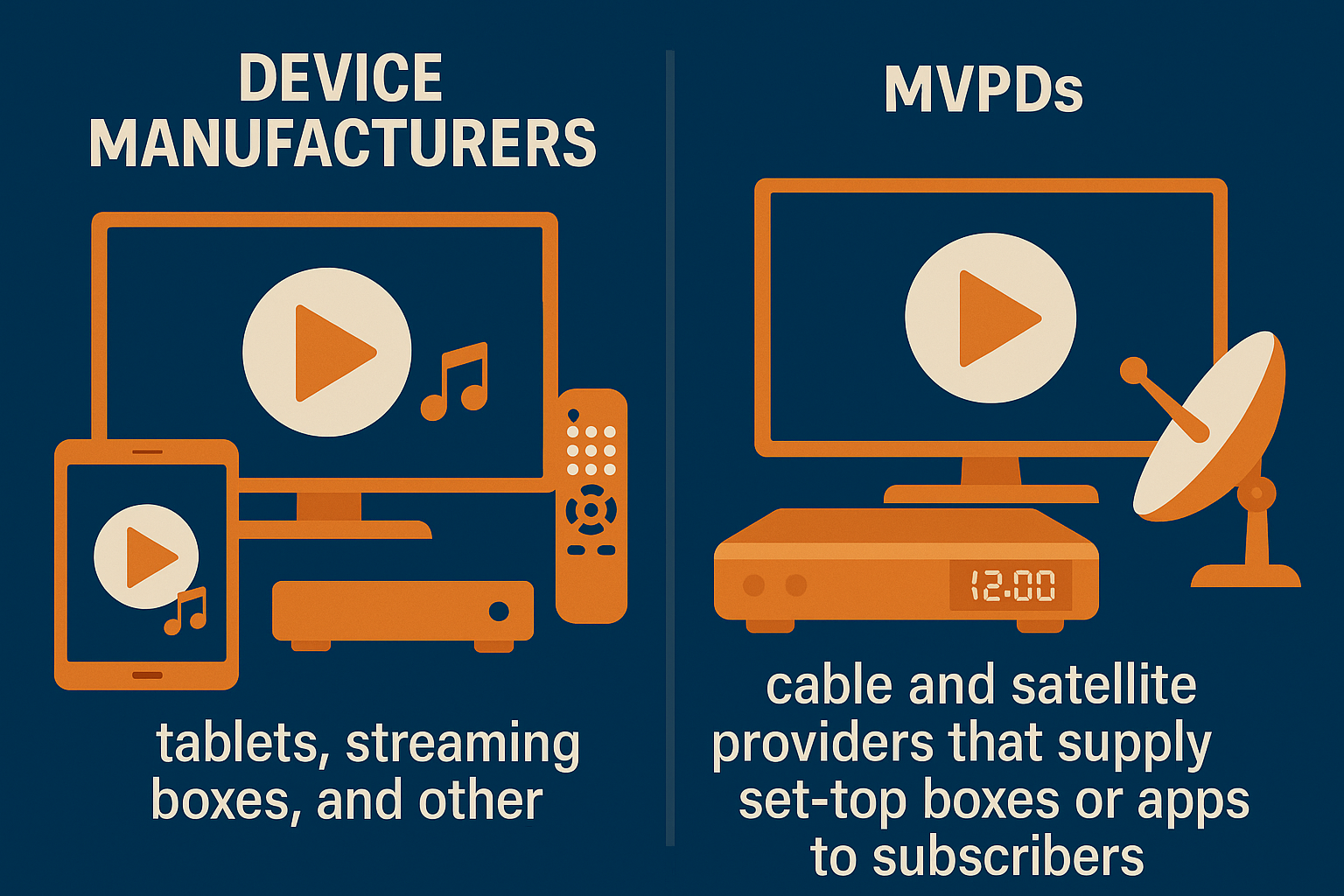
- Device Manufacturers – TVs, tablets, streaming boxes, and other devices that play video with sound.
- Multichannel Video Programming Distributors (MVPDs) – cable and satellite providers that supply set-top boxes or apps to subscribers.
Both groups must meet the rules and will share responsibility for compliance under the Television Decoder Circuitry Act of 1990 and the Communications and Video Accessibility Act (CVAA) of 2010.
For a breakdown of what the CVAA requires, see our CVAA Compliance Checklist.
FCC Closed Captioning Exemptions
The FCC allows limited exemptions from the closed captioning rules:
- Third-party pre-installed apps are excluded.
- Devices with screens under 13 inches only need to comply if doing so is “achievable.”
- Equipment where compliance isn’t technically feasible may qualify for an exemption.
- Devices manufactured before the September 2026 deadline are not required to be retrofitted.
FCC Closed Captioning Certification and Complaints
Compliance also requires preparation behind the scenes. Entities must:
- Keep documentation to show they meet FCC closed captioning guidelines.
- Train customer-facing staff to help users locate and adjust caption settings.
- Provide contact information for complaints.
FCC Closed Captioning Best Practices
To stay ahead of the rules and avoid disputes, companies should adopt these best practices:
- Don’t rely on voice-only controls—many deaf users cannot access them.
- Provide APIs so caption settings remain consistent across apps.
- Notify customers when compliant devices or apps are available.
- Include captioning in product design from the start—“accessibility by design.”
For an overview written for general audiences, see the FCC Consumer Guide to Closed Captioning.
Compliance Deadline: How To Prepare
September 26, 2026 is the compliance deadline for the new FCC closed caption requirements.
By this date:
- All newly manufactured and deployed devices must provide caption settings that are readily accessible, as defined by the FCC’s four factors.
- MVPDs must provide compliant equipment to deaf and hard-of-hearing customers on request.
To comply, companies should begin updating user interfaces, testing with consumers, training staff, and documenting compliance now. Waiting until 2026 risks product delays, complaints, and enforcement actions.
Quick Compliance Checklist (for 2026)
✔ Place caption settings in one easy-to-access location
✔ Allow real-time preview of captions
✔ Make settings consistent across apps/devices
✔ Test with users and train staff
✔ Provide clear complaint contacts and maintain records
What’s Next?
TestPros has provided accessibility services for closed captioning and video compliance for years. We’ve helped organizations design, test, and maintain captioning systems that meet FCC standards, and we can do the same for you.
Have a conversation with one of our experts—we’ll guide you through the FCC rules and make compliance easy.

